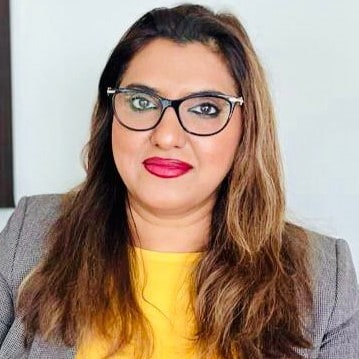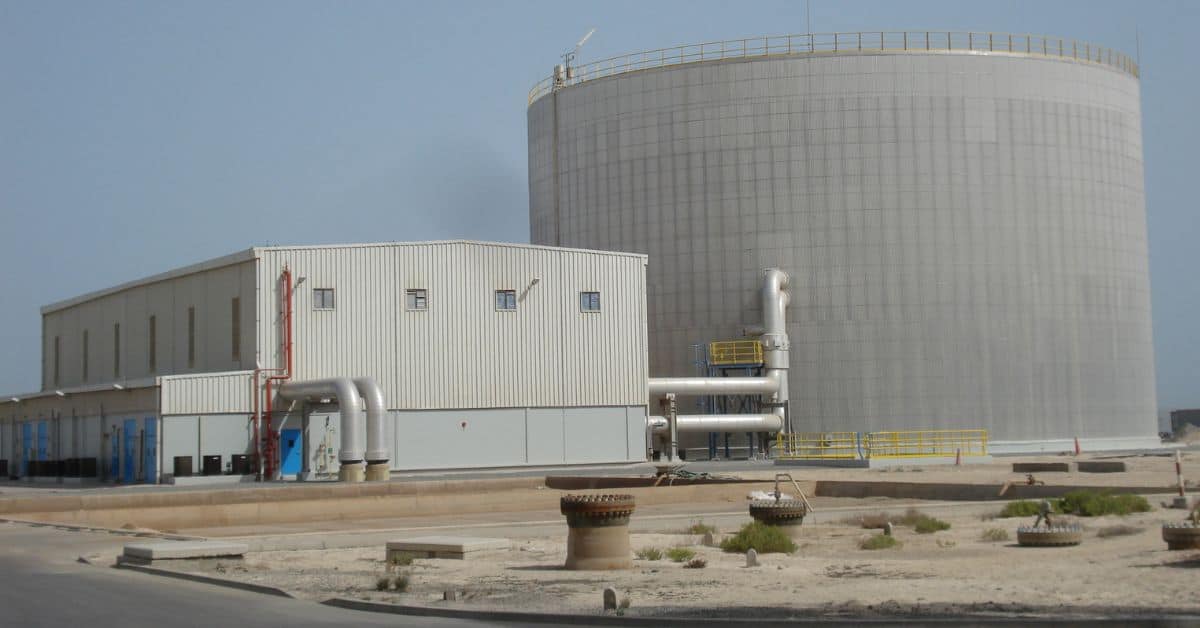Many renewable energy projects were recently launched in the GCC as part of a larger strategy to steer the region away from fossil fuels and toward clean energy while maintaining its dominant position in the global energy market.
According to Neelam Verma, Vice President and Head of Investments at The Continental Group: “Some investment trends that emerged at the tail end of 2022 — clean energy, consumer staples, retail, and infrastructure — will gain further impetus in 2023”.
Dubai’s energy shares
Dubai plans to increase its share of renewable energy production to 25 percent by 2050.
The emirate has adopted the Energy Strategy 2050 to promote sustainable energy by expanding the share of renewable and clean energy in the region and diversifying its energy production sources under the banner “towards a sustainable green economy.”

Almost 14 percent of the entire production capacity of electric energy in the emirate came from solar photovoltaic and concentrated solar energy technologies, bringing the overall production capacity to 2,027 megawatts. In this regard, it is essential to highlight that the
Saudi sustainable projects
Within its efforts to achieve a sustainable energy mix and cease its reliance on liquid fuels by 2030, Saudi Arabia introduced new renewable energy projects in 2022, increasing its reliance on renewable energy sources and natural gas by 50 percent in power generation.
In 2022, Saudi Arabia launched five new renewable energy projects, including those with a combined capacity to generate 3,300 MW of electricity from wind energy and 1,800 MW from solar energy and two solar energy projects with a combined total of 1,500 MW.
It is planned to build a 700-megawatt wind power facility in Yanbu City. And a second station in Al-Ghat with a capacity of 600 MW, a third station in Waad Al-Shamal with a total of 500 MW, while a solar energy project with a capacity of 1100 MW is constructed in the city of Al-Hanakiya, and another project with a capacity of 400 MW is established in Tabarjal.
Optimism in Qatar
In response, Qatar has benefited from the natural gas industry’s growth by increasing its output of carbon-free renewable energy.
By 2035, Qatar hopes to have reduced emissions of greenhouse gases by 25 percent while simultaneously producing roughly 5 gigawatts of solar power. And before 2030, cutting methane gas intensity by 0.2 percent by 2025.
Qatar Energy for Renewable Solutions anticipates opening two stations to create renewable energy, the first in Mesaieed Industrial City with a production capacity of roughly 417 megawatts and the second with a total of 458 megawatts in Ras Laffan.
The goal is to increase the country’s overall renewable energy production by 1.675 gigawatts by 2024, with solar power plants beginning to contribute to that total by year’s end.
A growing interest in ESG
In an interview with TRENDS, Verma expects ESG to witness higher traction in 2023. “Its uptake is rationalized by the dire climatic status quo and the increasing population, which will impact consumption patterns, infrastructure needs, and the utilization of finite resources.”
She repeated the need for legislation to address greenhouse gas emissions, deforestation, and unchecked energy exploitation has widespread support among business leaders, policymakers, and the general public. In addition, a distinct demographic disparity between developing countries and the industrialized world will impact how ESG factors into investment decisions.
However, the UAE continues to spread new and renewable energy, reach carbon neutrality by the middle of the current century (2050), and apply a sustainable energy mix.
In May 2022, it reached “zero” waste by opening the Sharjah waste-to-energy plant as the first station in the Middle East, a joint investment between “Beeah” Company in Sharjah and Masdar Company in Abu Dhabi.
The Sharjah plant, which is built on an area of 80,000 square meters, is characterized by converting 300,000 tons of landfill waste annually into energy, producing approximately 30 megawatts of low-carbon electricity, and working to save 45 million cubic meters of natural gas annually, while preventing the emission of 450 thousand tons of carbon dioxide per year.
Beeah in the Emirate of Sharjah and Masdar, Abu Dhabi’s Future Energy Company, are partnering to build the region’s first station. The Sharjah plant, which covers an area of 80,000 square meters, is distinguished by its ability to save 45 million cubic meters of natural gas annually, generate approximately 30 megawatts of low-carbon electricity, and prevent the emission of 450 thousand tons of carbon dioxide annually from landfill waste.
Verma believes that 2022 was “mainly challenging for investors on the back of high inflation, hawkish policies from central banks, historically negative stock/bond correlations breakdown, the Russia-Ukraine conflict, and the prolonged pandemic in China.” “With the rising economic challenges in the region, 2023 brings lots of concerns; let’s just hope for the best,” she says.








